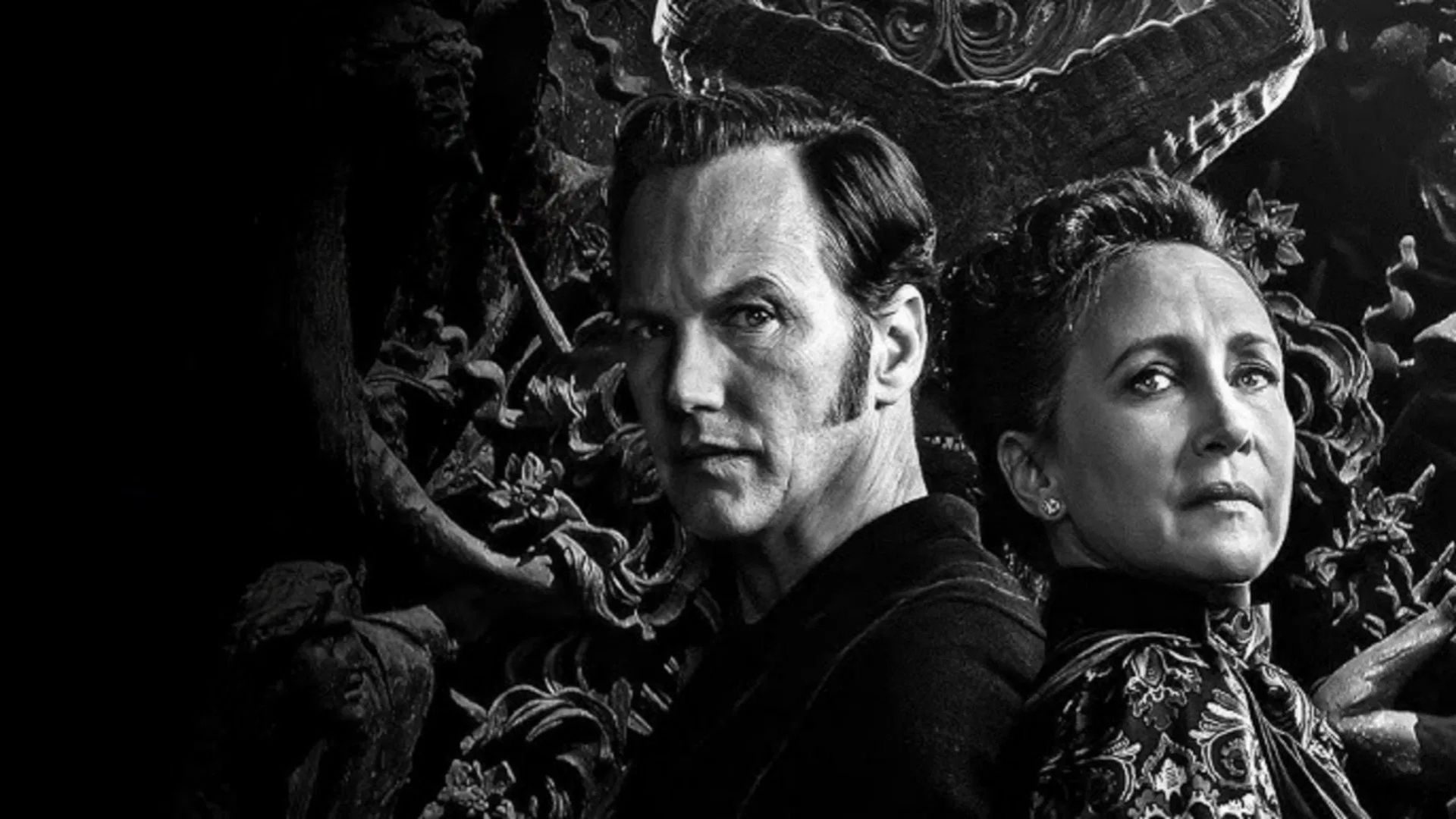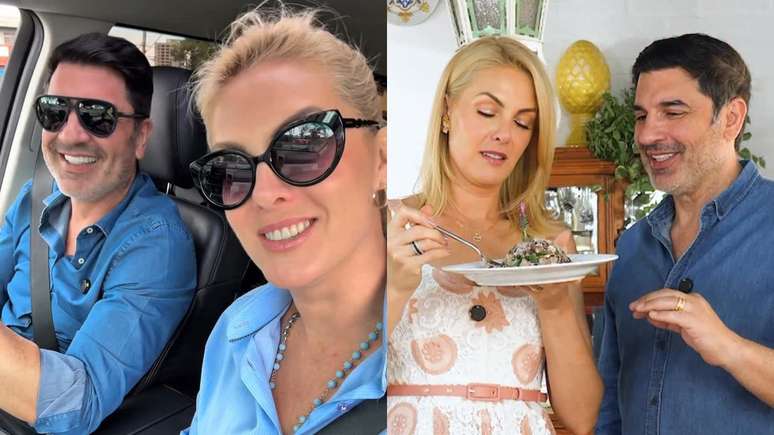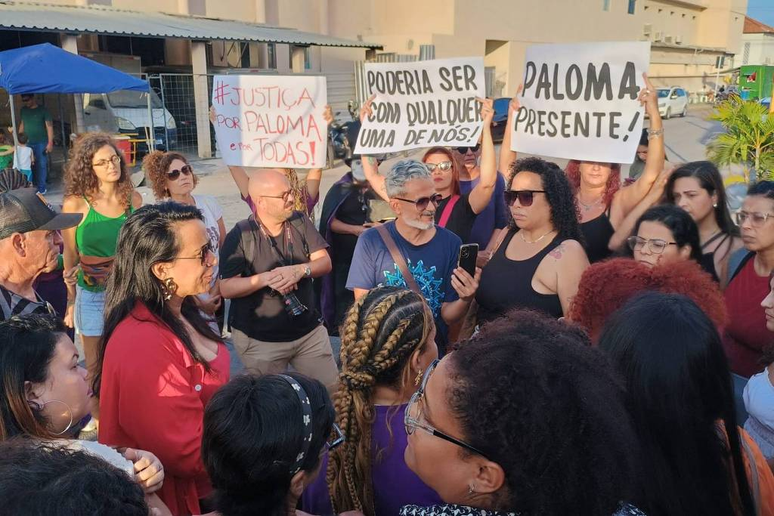“Meu Parceiro Belchior” contains two songs found in censorship files that had never been recorded
Stimulated by the producer Robertinho of Recife, Fagner he already had a plan to record an album focusing on songs made with Belchior. It was an idea that everyone knew was powerful, crossing two of Ceará’s most voluptuous people in MPB. “They proved that the Northeast does not end in Bahia,” he said Ronaldo Boscoli. Indeed, unlike Bahia, Minas Gerais, São Paulo or Pernambuco, no generation of Ceara residents before or after them did the same for Ceará. But the pandemic arrived, other works overlapped and Fagner took the posthumous meeting with Second hand in a bain-marie, until fate, or a bayonet from the past, have rekindled their desires.

Visiting Sian’s website for other reasons, the National Archive Information System, a valuable depositary, journalist and researcher Renato Vieira came across two letters signed by Fagner and Belchior. When sent for censorship analysis, the songs Alazão, by Fagner, Belchior and Fausto Nilo, and Posto em Sossego, by Fagner and Belchior, made between 1971 and 1972, had no problems with censorship and were released , but they have not been registered. Vieira sniffed, confirmed and collected the material. The discovery made headlines and Marcelo Fróes, producer, sent the lyrics to Fagner.
A BOLERO. “It was the two songs that gave us the idea,” says Fagner. The album was called Meu Parceiro Belchior, full of stories in every song. Elis Regina has released two: Mucuripe and Noves Fora. Palo Seco features the reused voice of Belchior himself, who sings for the first time on a Fagner record. Another song, Bolero in Portuguese, sung by Amelinha, was the last song composed by the two friends before the separation and was a tribute to Angela Maria. “We lived together in a kitchenette on Rua Barata Ribeiro, Rio, with five people sleeping in two beds. Bolero was not our thing, but I imagined Angela Maria and I did it for her. I don’t know why. did not register it. “
Frejat sings Contramão not by chance. Cazuza traces the history of Fagner first as a promoter of a record label. It was his first profession, before he became a rock singer. “He released my album, Ave Noturna, and then recorded Contramão with me (released in 1985). That’s why we called him Frejat, he had something to do with this story.”
Xand Avião, businessman and former singer of the electronic group forró Aviões do Forró, was invited to sing Noves Fora, which has already been recorded by Wilson Simonal and Emílio Santiago. There are also Galos, Noites and Quintais, from 1976, with Robertinho de Recife on the ropes, and Moto 1, from 1973. Paralelas, from 1975, and Mucuripe, were captured live.
At 73, who will turn 13 on Thursday, Fagner has produced a lot, especially in the last two years. He tells Estadão that he still has an album of unreleased songs to release, recorded with Fausto Nilo, Zeca Baleiro and other partners, prepared during the pandemic. A few months ago he released an album with Renato Teixeira called Naturezas, also singing Mucuripe and Tocando em Frente, Eu Só Quero Ser Feliz and Rastros da Paixão, with the participation of Almir Sater.
“I have practically an unreleased album ready. They are songs in collaboration with Fausto Nilo, Caio Silva, some with Renato Teixeira, of course. And there is Erasmo Dibell, who was introduced to me by Baleiro, he is a fantastic Maranhão. In Sao Paulo. And I’m also getting very excited about Caio Silva, the author of Noturno (Coração Alado). “
Going back to the Belchior album, what would saving the melodies be like? If the text remains intact on the card, where is a melody that has not been recorded? “Alazão’s melody was already in my head. I just didn’t like it very much because it’s very fast and it tired me. Speaking of Posto em Sossego, I remembered more about the beginning and the melodic line was being built.” Fagner says his musical memory is not a problem. “Just yesterday I found a text given to me by Millôr Fernandes and I remembered the melody I had written for it.”
TWO DEATH OF BEL. Speaking of your friend Belchior, what would it be like to put on the market an album that you have never been able to make in your life, with their work? First, Fagner talks about how he views the “two deaths of Bel”, the first alive, with his disappearance from the radars of friends, family and the press, and the second, on April 30, 2017, his physical death. . “Only a brilliant boy like Belchior could have this dilemma with himself.” He refers to a possible attempt by his friend to break with his past, eliminating a Belchior singer who no longer interested him. “This record becomes something fundamental between us. What did it mean, what I meant.” On the rupture they had due to artistic differences, Fagner prefers not to comment. “These conversations about our relationship don’t matter right now. What matters is our partnership.”
Which would explain the fact that Fagner and Belchior were part of a generation of a few Cearians to break the hegemony of other regions, a national exposure of a region that would not repeat itself in the same dimensions after those 1970s, Fagner evaluates: “We we had a great advantage from the moment. Tropicália, Clube da Esquina and Festivais da Record stimulated this exit. We arrived at the right time, to face the parade, and we were very helped here. Cidinha Campos, Manoel Carlos, Carlito Maia, Elis Regina and Ronaldo Bôscoli. Tropicália proved that we could look for our story. Caetano himself helped me. When I saw that boy so stunted, so thin, making the success he was, I said: “Oh, so it will work for me too. “.”. L
+The best content in your email for free. Choose your favorite Earth Newsletter. Click here!
Source: Terra
Emily Jhon is a product and service reviewer at Gossipify, known for her honest evaluations and thorough analysis. With a background in marketing and consumer research, she offers valuable insights to readers. She has been writing for Gossipify for several years and has a degree in Marketing and Consumer Research from the University of Oxford.








